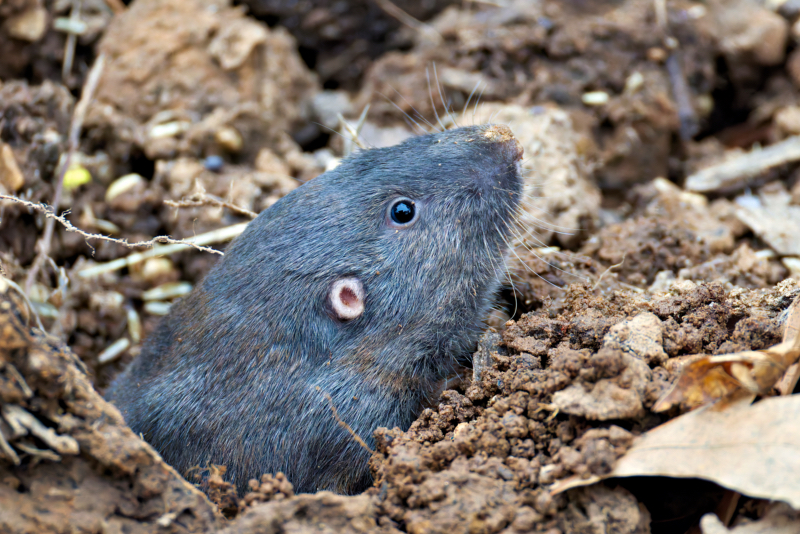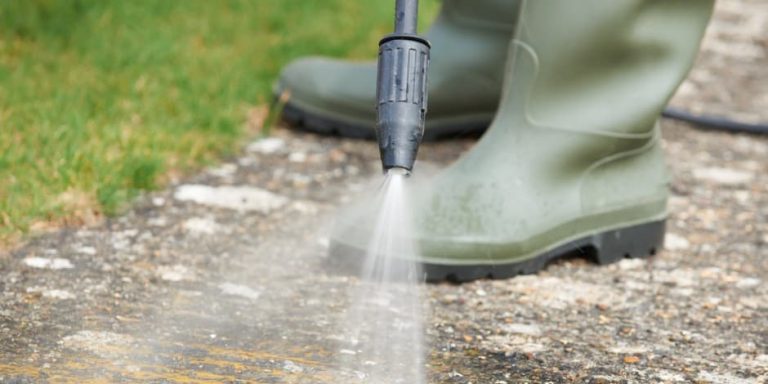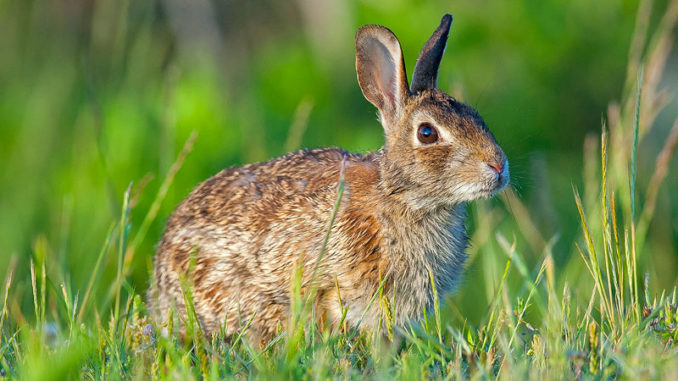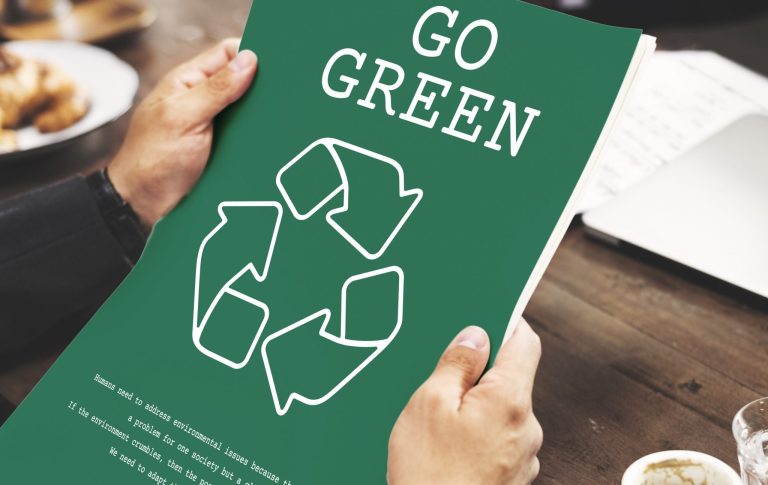
In our ever-growing cities, power washing has become a staple of maintenance. From high-rise windows to concrete sidewalks, commercial pressure washing keeps urban environments looking clean and professional. But behind the gleaming glass and spotless streets lies a silent victim: urban wildlife.
Birds, insects, rodents, amphibians—even stray cats and neighborhood pollinators—are all impacted by the ripple effects of commercial power washing. As buildings rise and green space shrinks, the animals that live alongside us are forced to adapt… or suffer. And our cleaning methods play a bigger role in that struggle than most people realize. 🌆🐾
🚿 Noise Pollution: A Hidden Stressor
Commercial power washers can be incredibly loud, especially gas-powered models. With decibel levels often exceeding 85–100 dB, they’re as loud as a lawnmower or motorcycle. For humans, prolonged exposure at that volume can cause hearing damage. For animals, the consequences are even more extreme.
Here’s how it affects urban wildlife:
- Birds may abandon nests due to the stress of loud vibrations
- Rodents can flee burrows, displacing them into roadways or unsafe areas
- Insects such as bees and butterflies may avoid otherwise viable pollination areas
- Cats, raccoons, and other mammals may become disoriented or agitated
Repeated exposure to noise pollution disrupts feeding, mating, and nesting cycles—especially during spring and early summer when wildlife is most active. 🐥🦋
💦 Chemical Runoff and Its Reach
Commercial cleaning projects often rely on heavy-duty detergents and degreasers to clean parking lots, sidewalks, and industrial spaces. These solutions may include:
- Sodium hypochlorite (bleach)
- Ammonia
- Degreasers containing petroleum distillates
- Surfactants not safe for aquatic life
When rinsed away, these chemicals flow off into storm drains or permeable soil. In doing so, they expose urban wildlife—especially animals who live in or near drainage channels, gutters, or street-side vegetation—to toxic substances.
Even small doses can:
- Burn sensitive paw pads of animals walking on recently washed concrete
- Contaminate puddles that animals drink from
- Kill beneficial insects and larvae
- Harm fish or amphibians in urban creeks and retention basins 🐟
🧼 Surface Displacement and Nest Destruction
Pressure washing doesn’t just clean surfaces—it removes biological material indiscriminately. On urban walls, ledges, eaves, and awnings, you’ll often find:
- Spiderwebs
- Mud dauber wasp nests
- Bird nests (especially swallows, doves, pigeons)
- Lichen and moss that house tiny invertebrates
When these areas are washed away during routine building maintenance, it can destroy active nests, wipe out insect colonies, and strip microhabitats that many small creatures rely on.
In many areas, it’s actually illegal to remove or destroy nests of protected bird species—particularly during breeding season. Under the Migratory Bird Treaty Act, harming birds or their eggs, even unintentionally, can result in penalties. ⚖️
Browse Amazon Here For Commercial Pressure Washers And Accessories
🏞 Loss of Foraging Habitat
Urban wildlife already struggles to find safe, consistent sources of food. When commercial power washing removes:
- Algae from fountains or concrete edges
- Insects from building walls or garden beds
- Berries or food remnants from sidewalks
…it leaves fewer foraging opportunities for animals like birds, squirrels, and raccoons.
This disruption, especially when repeated frequently, contributes to wildlife displacement—forcing animals to travel further into unfamiliar or dangerous zones in search of food. 🐿️🍃
🐾 Impact on Pollinators and Beneficial Insects
Pollinators like bees, butterflies, and hoverflies often rest or forage on vertical surfaces, sidewalk cracks, or flowering weeds that sprout up between bricks or concrete slabs. During commercial power washing:
- These plants are destroyed
- Resting pollinators are washed away
- Nectar-rich surfaces are cleared of any organic material
- Pesticide residues can be stirred up again, increasing exposure
Urban pollinators are already facing massive declines from habitat loss and chemical exposure. Frequent high-pressure cleaning further reduces their survival odds in cities where their role is more crucial than ever. 🐝🌺
🧠 Best Practices for Wildlife-Sensitive Cleaning
The good news is that commercial power washing doesn’t have to be a threat to wildlife. There are several strategies contractors and property managers can use to minimize the impact.
✅ Schedule with Awareness
- Avoid cleaning during early spring and summer when nesting is most active
- Time washing during mid-day, when nocturnal animals are less likely to be disturbed
- Check for active nests before washing walls or eaves
✅ Use Plant- and Animal-Safe Detergents
- Choose biodegradable, non-toxic cleaning agents
- Avoid bleach or petroleum-based products
- Apply chemicals selectively rather than dousing entire surfaces
✅ Create Buffer Zones
- Place protective covers over storm drains and vegetated areas
- Use recovery systems to vacuum up contaminated water
- Avoid spraying directly onto ivy-covered walls or green roofs
✅ Train Employees in Environmental Responsibility
Ensure that all technicians are trained to recognize:
- Signs of animal nests or dens
- Best Management Practices (BMPs) for runoff control
- Local wildlife protection laws
Contractors that advertise as “eco-friendly” should back that up with real environmental awareness—not just green branding.
🏙️ Final Thoughts
Urban wildlife is constantly adjusting to life among humans. Birds build nests on balconies, bees forage in rooftop gardens, and raccoons scavenge in alleyways. These animals are resilient, but they’re also vulnerable to the unintended consequences of our cleaning routines.
Commercial power washing is necessary for safety, hygiene, and aesthetics—but it must be done with care. With just a bit of forethought and education, businesses and municipalities can help protect the delicate balance between clean cities and the creatures that call them home. 🌇🕊️
Browse Amazon Here For Commercial Pressure Washers And Accessories






